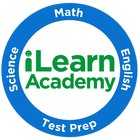|
Perhaps your student has thrived at their public middle school, but you are concerned that the local high school may not challenge them enough. Maybe your student found their 7th grade experience disappointing, and you are looking for alternate schools for the next four years. Possibly you would like your child to connect more with your family’s religious culture. Whatever your reasons for considering Catholic high school for your budding scholar, they will need to take the High School Placement Test, and soon, and we at iLearn Academy are here to help. (Those whose students are going to take the ISEE should also read this article, as the two tests share many similarities.) What is the High School Placement Test? In 1953, the Scholastic Testing Service designed the HSPT for private schools to use when evaluating eighth graders. While any private school can use the HSPT, Catholic high schools have been the primary adopters, so the test is associated with Catholic schools who use its results to inform their admissions process. Some of these institutions even include a religious knowledge subtest with the exam. (Sorry, iLearn Academy does not help with theology test prep!) Additionally, some schools add optional science and mechanical skills subtests, but the vast majority stick to the basic five subtests: verbal skills, quantitative skills, reading, mathematics, and language. While tens of thousands of students take the test, many schools only admit those who score in the top 25%, with some schools being even more selective! In short, your student is unlikely to place well unless they prepare for the test. A long and demanding exam, the HSPT will likely challenge your student more than any evaluation they have taken in all their years of schooling. Timing presents the main challenge of the HSPT: every section allows less than a minute for students to answer each question:
We can offer good news, however: most of the questions themselves are not particularly hard, covering skills most middle schoolers have already learned. If your student possesses a good vocabulary and a fair understanding of basic math operations, essay composition, and simple grammar rules, they stand a good chance at excelling on the HSPT. Now comes the bad news: the HSPT hides all those basic skill checks under question formats your student may not have encountered before. For example, instead of just asking straightforward arithmetic questions, the HSPT presents students with quantitative comparisons and pre-algebra word problems they will need to “translate” in order to answer. I have seen many otherwise skilled students freeze while taking a practice HSPT because they did not recognize the problem types. In addition, the HSPT demands students possess a broad and nuanced vocabulary. Students must rapid-fire answer questions involving analogies, synonyms, antonyms, and verbal logic that will prove impossible unless students prepare by broadening their vocabulary and expanding their understanding of how words communicate ideas. They will need to group terms into categories based on a range of tangible and abstract distinctions, using “one of these is not like the other” and “x is to y as a is to what?” logic. Also, given that even the most loquacious 8th grader will not possess conversational definitions of all HSPT words, students need a ready grasp of Greek/Latin verbal roots to make educated guesses at words they do not fully understand. Similarly to the math and vocabulary sections, the language subtest – which covers grammar and composition – evaluates the student’s command of fairly basic English skills through a somewhat complicated question format. Instead of providing a sentence with a specific type of error and asking students to fix it, the HSPT gives test-takers three sentences where one may or may not contain an error. Students must then decide which sentence, if any, contains an error – and errors could include punctuation, capitalization, or word usage. Another section tests spelling in a similar way: students must decide whether one of three sentences features a misspelled word. The final section of the language subtest asks questions involving tone, clarity, syntax, and sentence order, a dizzying array of potential errors for a middle school student with only 30 seconds to answer each question. The best HSPT preparation will include a broad review of skills, directed expansion of student vocabulary, and lots of guided, timed practice. We here at iLearn Academy have developed a twice-weekly, ten-week program to cover all the verbal, math, and grammar skills needed to build your student’s accuracy for the HSPT test.We also proctor mock exams complete with post-exam analysis to help your student develop efficiency and test-stamina. We provide all materials students need, including textbooks, class worksheets, and homework, so all you have to do is make sure your scholar shows up and remind them to complete homework assignments. We offer both private and small-group (two or three students max) tutoring as well as private online tutoring with interactive Zoom sessions and Google Classroom resources. If you want more information, or are interested in signing up for any other test prep courses, please reach out to us at (847) 834-0791or shoot us a message here on Facebook. We look forward to hearing from you.
0 Comments
|
Categories |
We make a personal commitment to ensure each student is well-prepared for the academic school year.
Dedicated to helping your student succeed.
©
iLearn Academy 2019
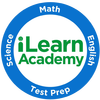

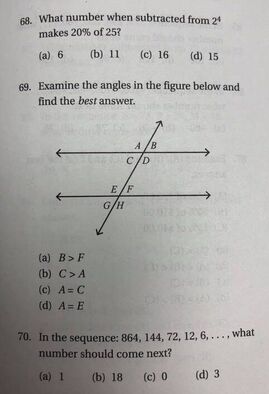
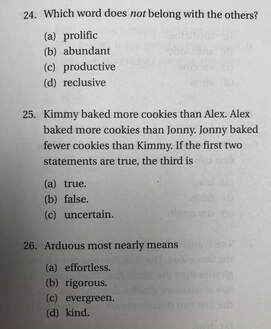
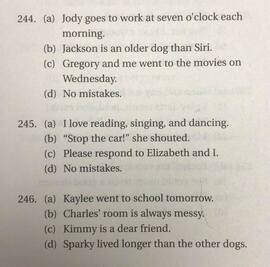
 RSS Feed
RSS Feed
